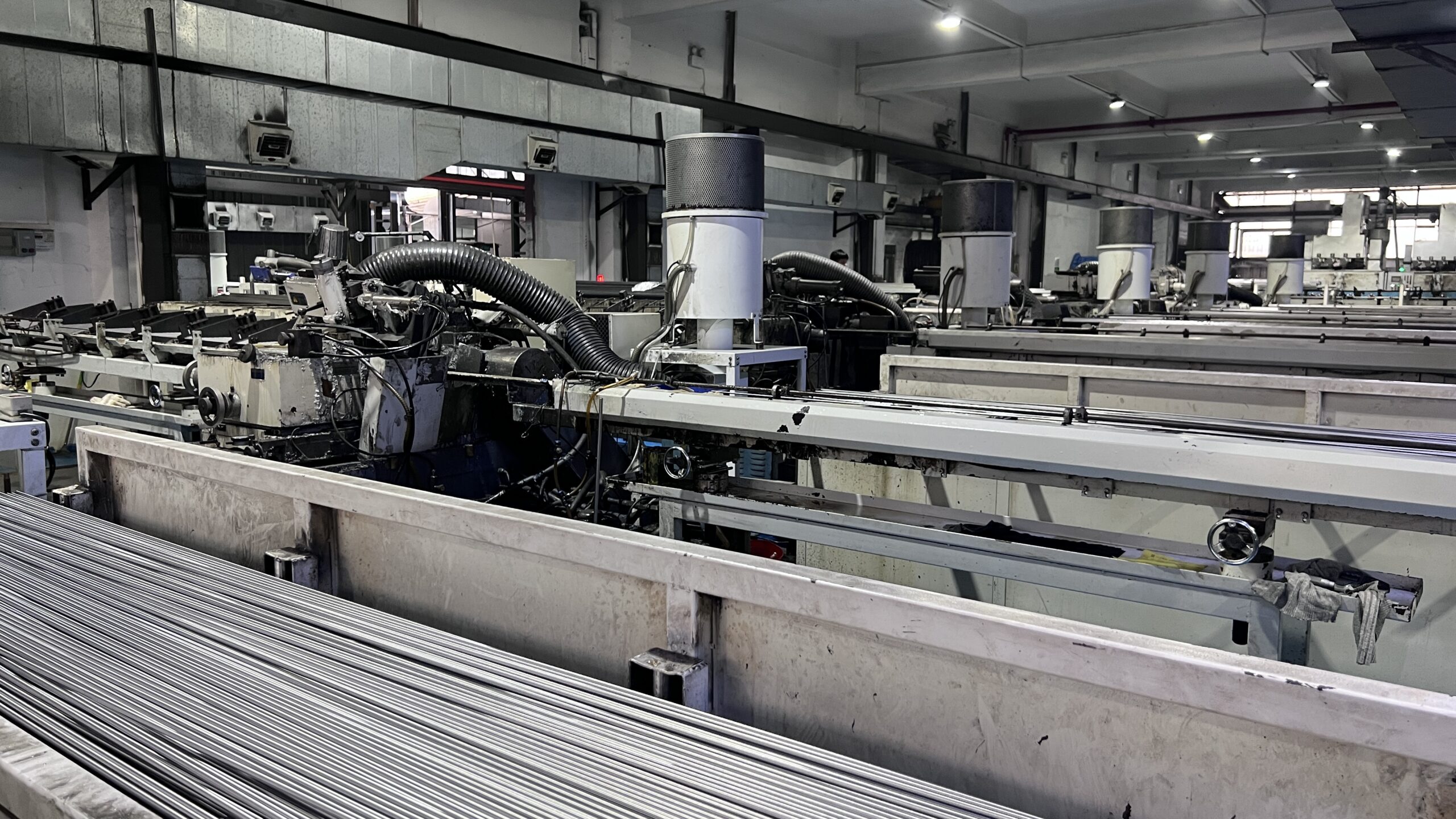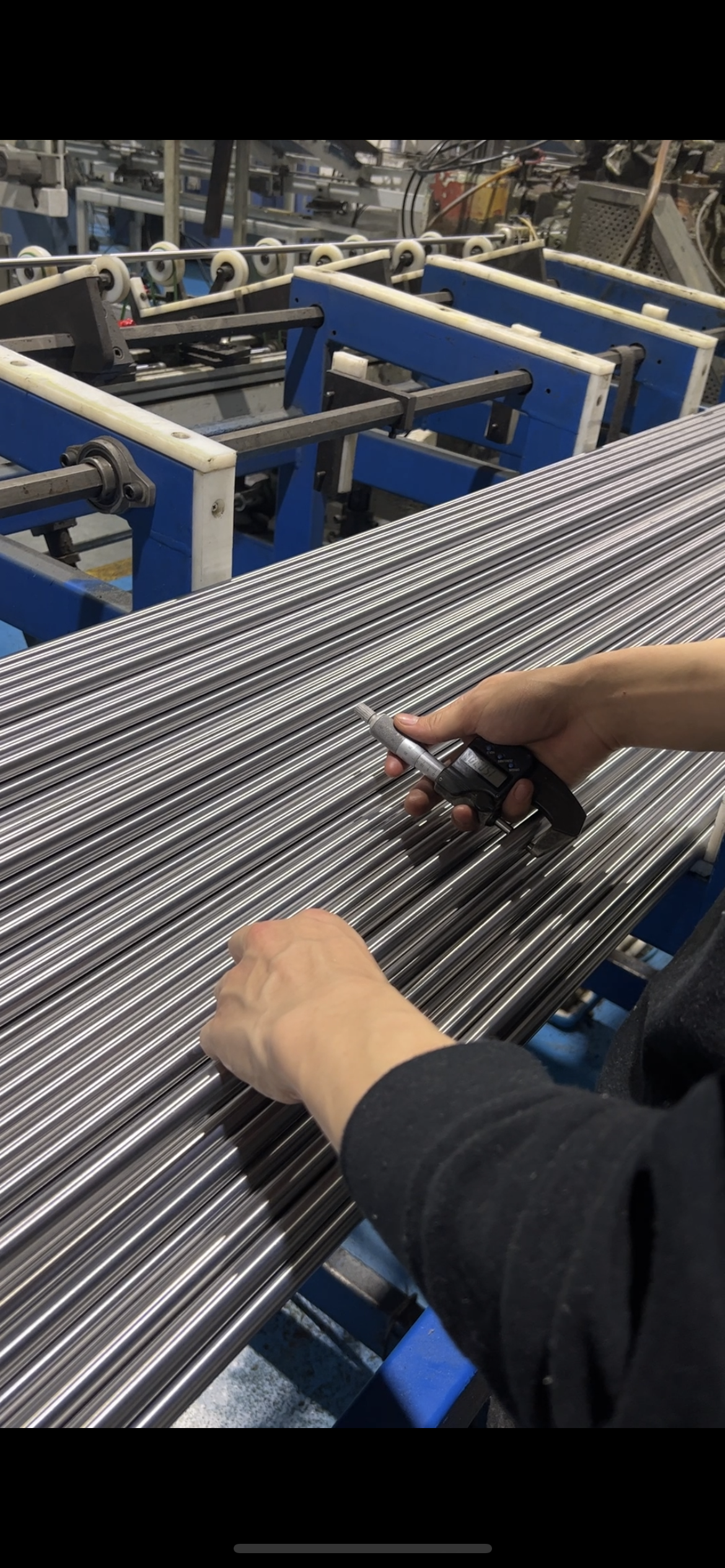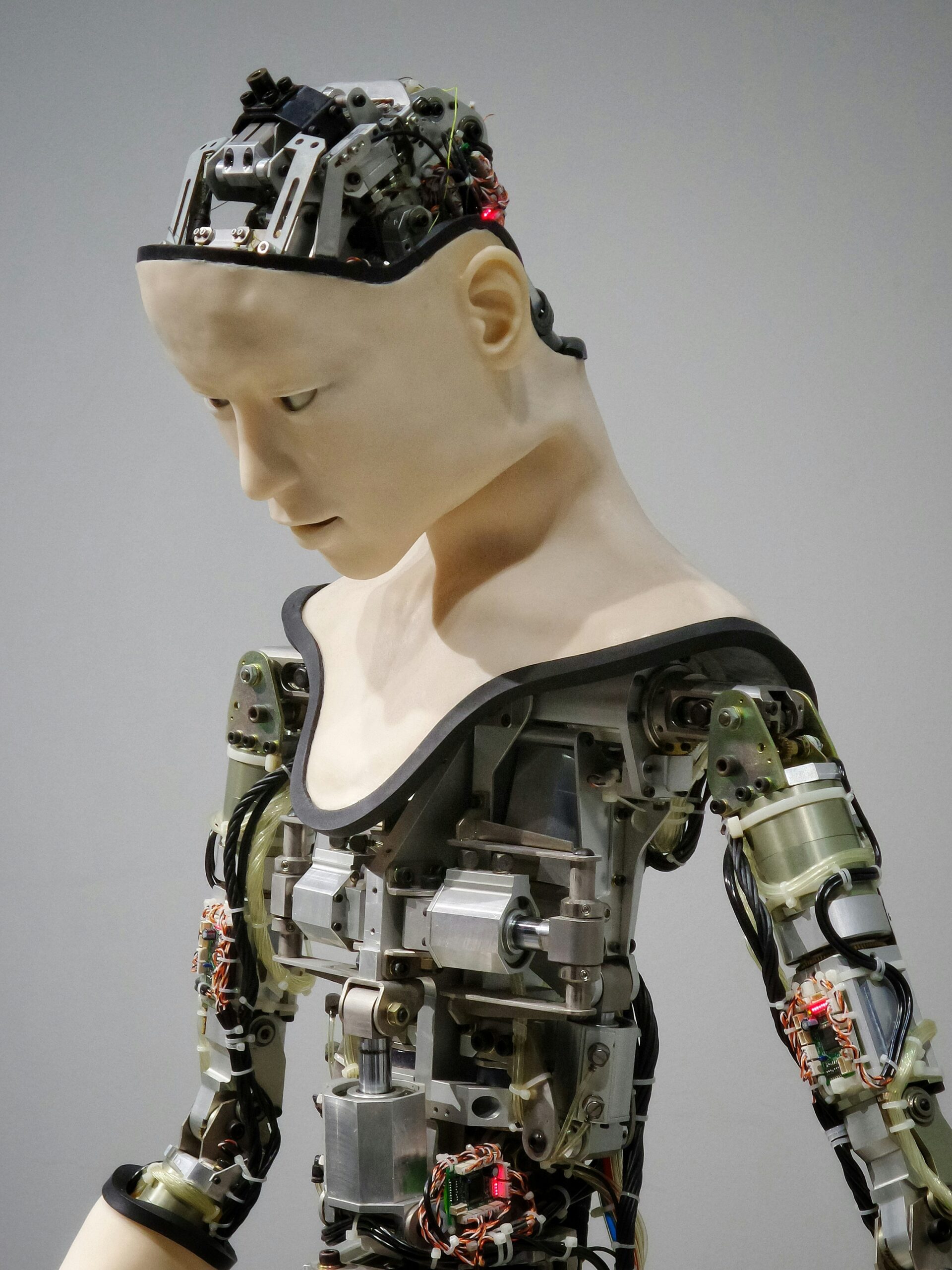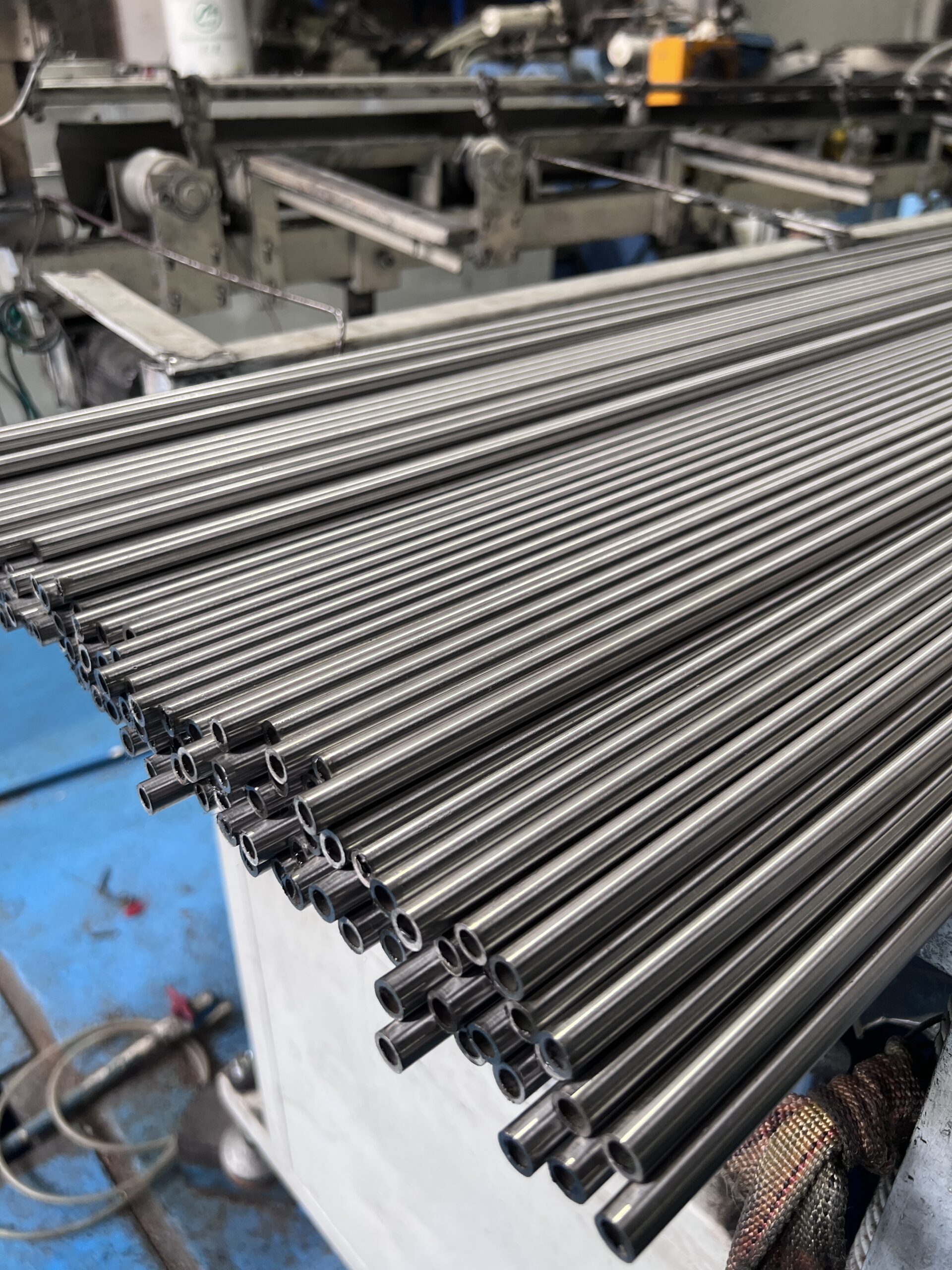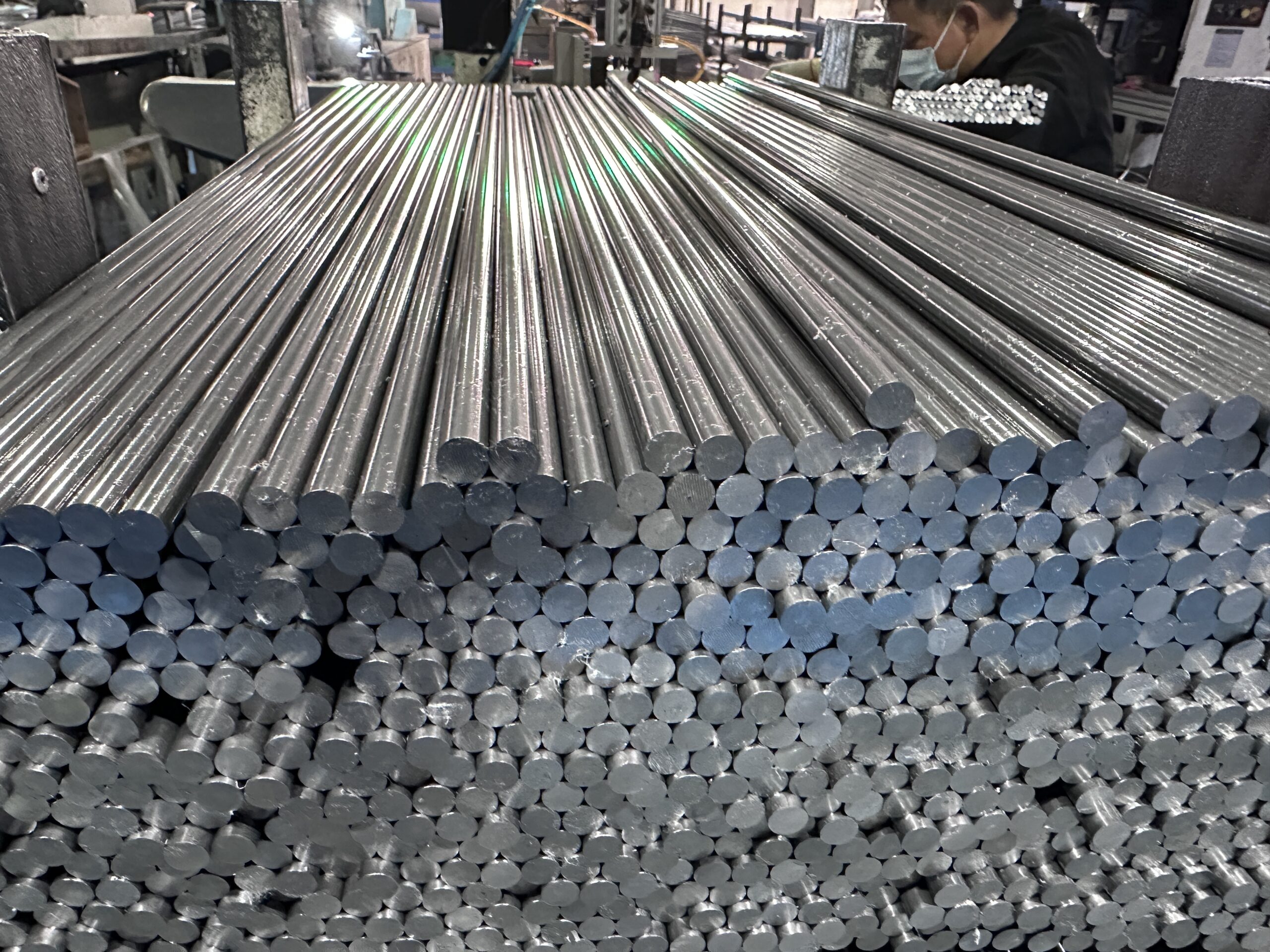Choosing the right material is key to efficient and cost-effective mass production. Both 11SMnPb30 and 1215 steel are popular for their excellent machinability, but which one performs better for your needs? Let’s break down the differences in composition, mechanical properties, and machining behavior.
1. Chemical Composition Comparison
| Element | 11SMnPb30 (%) | 1215 Steel (%) |
|---|---|---|
| Carbon (C) | 0.14–0.20 | 0.09–0.15 |
| Manganese (Mn) | 1.00–1.50 | 0.75–1.05 |
| Sulfur (S) | 0.27–0.33 | 0.26–0.35 |
| Lead (Pb) | 0.15–0.35 | 0.15–0.35 |
| Phosphorus (P) | ≤0.11 | ≤0.09 |
2. Mechanical Properties
| Property | 11SMnPb30 | 1215 Steel |
|---|---|---|
| Tensile Strength | 440–580 MPa | 400–510 MPa |
| Yield Strength | ~280 MPa | ~250 MPa |
| Elongation | ~22% | ~20% |
| Hardness | ~160 HB | ~150 HB |
| Machinability | Excellent | Excellent |
3. Machining Performance
Both materials are highly machinable due to their high sulfur and lead content. However, 11SMnPb30 may provide slightly better chip formation and surface finish because of its optimized composition for European machining standards.
4. Application Suitability
-
11SMnPb30 is often preferred in high-precision, automated environments like CNC turning for automotive, electronics, and custom parts.
-
1215 Steel is widely used in North America for general purpose components, including fittings, bushings, and small shafts.
Both 11SMnPb30 and 1215 steel are excellent for mass machining. If you prioritize cleaner cuts, tighter tolerances, and consistent chip breaking, 11SMnPb30 may offer a slight edge—especially for automated machining. On the other hand, 1215 is a more budget-friendly option that still performs very well.


